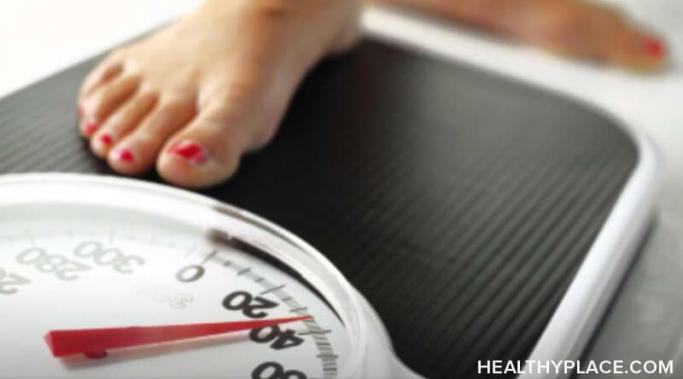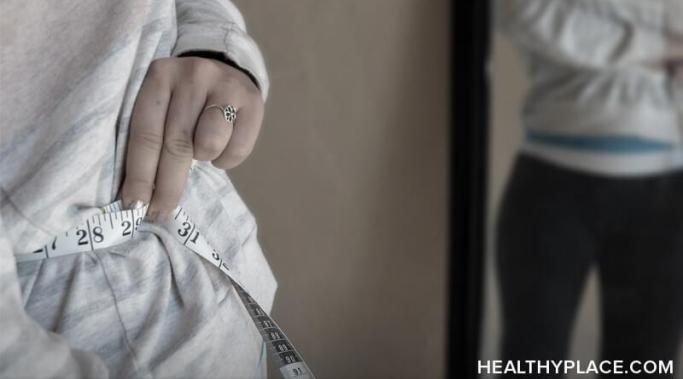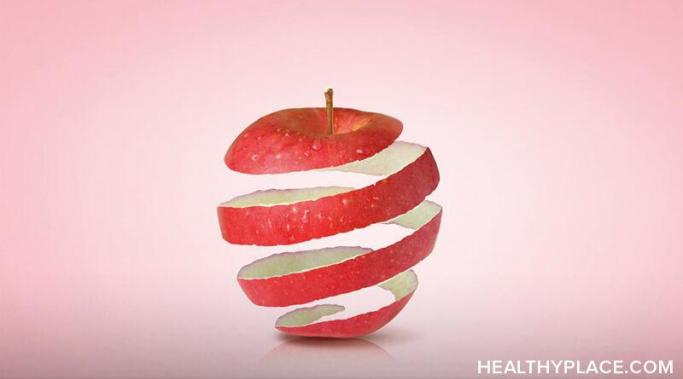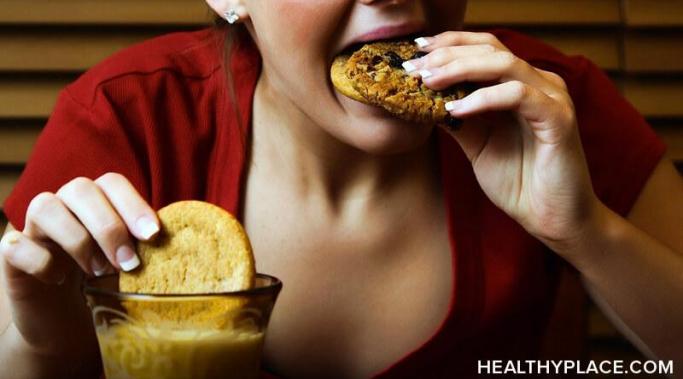New Year's Eve can cause eating disorders to flare up, and consequently, I don't have a single good memory of New Year's Eve. Not in my adult life, at least.
Addictions and Eating Disorders
Research studies have found many parallels between bulimia and drug addiction. Conceptualizing bulimia as an addiction, or simply understanding the similarities between these mental health problems may help open up new possibilities for treatment.
Eating disorders and pornography addictions have more in common than you might realize at face value. But when you break down the complex nuances, deep-rooted motives, and unaddressed traumas that often drive the symptoms of these issues, both eating disorders and porn addictions share many identical threads. In fact, I know firsthand this connection exists because I am a survivor of anorexia, and my husband is a recovered user of porn. Our two healing stories are uniquely our own, but the similarities between his obstacles and mine are also just too pronounced to dismiss as coincidental. So what do eating disorders and pornography addictions have in common? In case you are wondering, here is my perspective on this enmeshed and intricate dynamic.
It's beneficial to be committed to healthy living and choose to make fitness an integral part of your routine, but if you are susceptible to disordered eating behaviors, that passion for exercise could turn into an addiction. Being physically active is important for stress reduction, balanced emotions, hormone regulation, and optimal body functions. However, fitness can become more harmful than helpful when the need to workout feels driven by compulsion instead of enjoyment and well-being. Here are some indicators that your passion for exercise has turned into an addiction—or an extension of your eating disorder.
Going vegan in eating disorder (ED) recovery can be helpful—or a detriment--depending on the mindset of each individual and the factors of his or her environment. There are many reasons people choose the vegan lifestyle, running the gamut from nutrition to ethics, and veganism as a standalone practice neither heals nor causes an eating disorder. So taking into account all the different variables and nuances at play, whether going vegan in ED recovery will be helpful—or harmful—is contingent on your motives for adopting a vegan diet or lifestyle, and how it manifests in your eating habits.
Do you know the relationship between eating disorders and body dysmorphia? I remember the first time I stood in front of a mirror, scrutinizing every square-inch of my reflection. My thighs were not lean enough. My arms lacked definition. My stomach looked bloated underneath my shirt. My face registered the deep, gut-level disappointment I felt about my entire appearance. If I could just tweak those “problem areas”—shed a pound here, tone a muscle there—surely the mirror and I would become friends, or start tolerating each other at least. During the most critical and self-deprecating phases of my eating disorder, I had no idea this mirror-image was not reality, but a false representation of my distorted beliefs. I had never heard the term “body dysmorphia” or that it affects an estimated one in 50 people.1 Moreover, I did not make the connection I was one of those people, but eating disorders and body dysmorphia often go together.
Negative body image in eating disorder recovery is often the last thing you let go. It’s said that a negative body image is the first thing to come and the last to leave. Hating our bodies is a theme even though eating disorders aren’t really about what our bodies look like on the outside. Here’s the reason negative body image in our eating disorder recovery is the last thing we let go.
There are many barriers to eating disorder recovery, but there are three that particularly wreak havoc. Recovery of any addiction requires us to be brutally honest with ourselves, take responsibility, and hold ourselves accountable. These are all things that an addict of any kind despises (How to Fight Barriers and Get to Your Safe Place). But once we can face the three barriers to eating disorder recovery that stand in our way, the road opens under our feet.
What if numbing out pain with food is an unhealthy solution, not an addiction? What if I told you that you weren’t addicted to food? What if I told you that you didn’t have a problem with food at all? What if I told you that the problem was the discomfort beneath your skin, that urge to squirm and itch and run. The discomfort under your skin is what you’ve been trying to numb out. The food is just the solution you’ve come up with.
Each year, as the New Year rolls around, millions of us with eating disorders set our resolutions. One of the number one American resolutions is to exercise more, with gym memberships spiking in January and then waning soon after. Despite good intentions, many people’s motivation falls to the wayside with nothing more than a shrug. However, for those with eating disorders, resolutions involving our weight or bodies can make for a dangerous year (Are Your New Year’s Resolutions Aiding Your Eating Disorder Recovery?). Here’s how not to set a New Year’s resolutions with an eating disorder.









